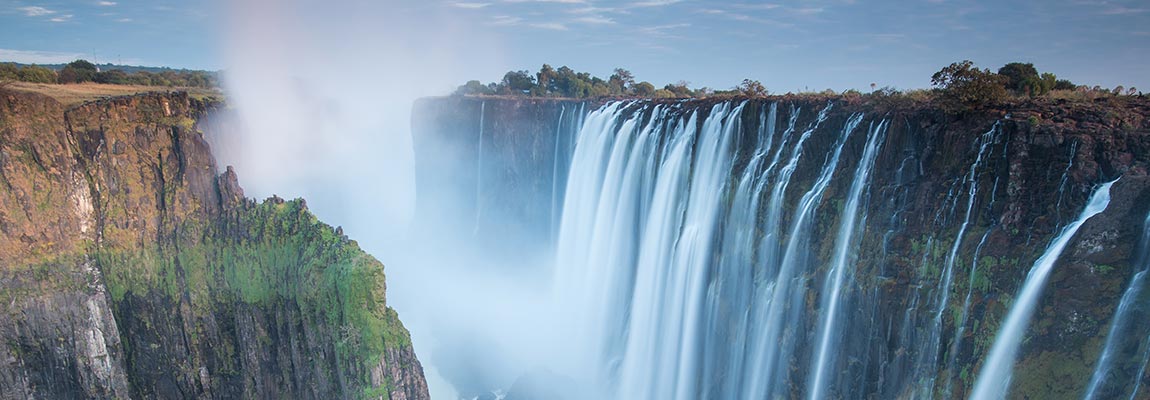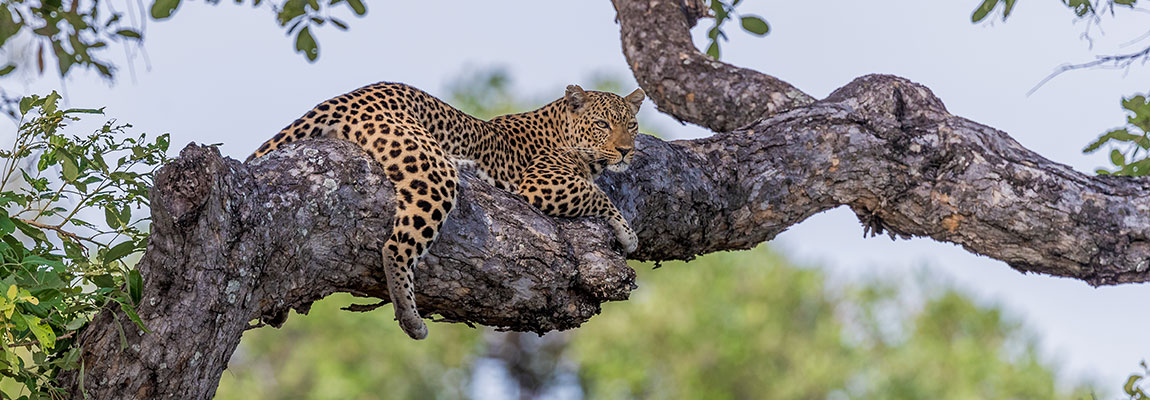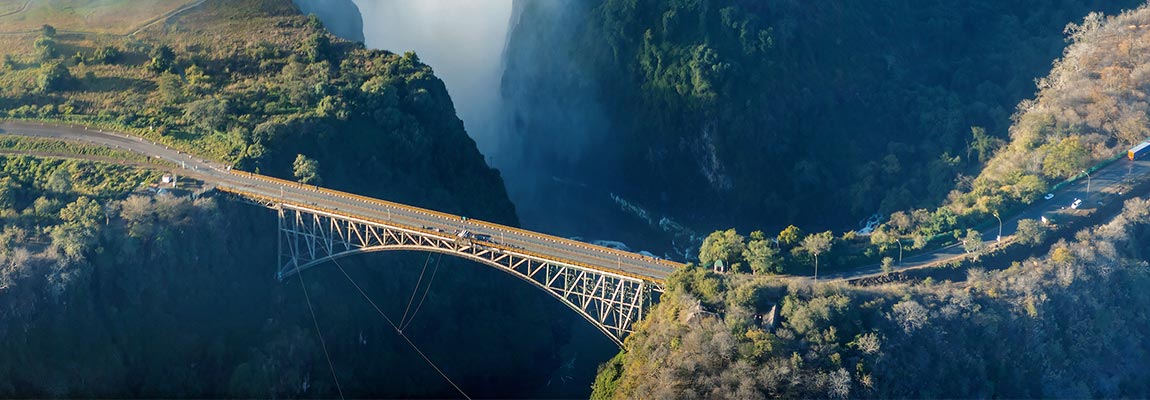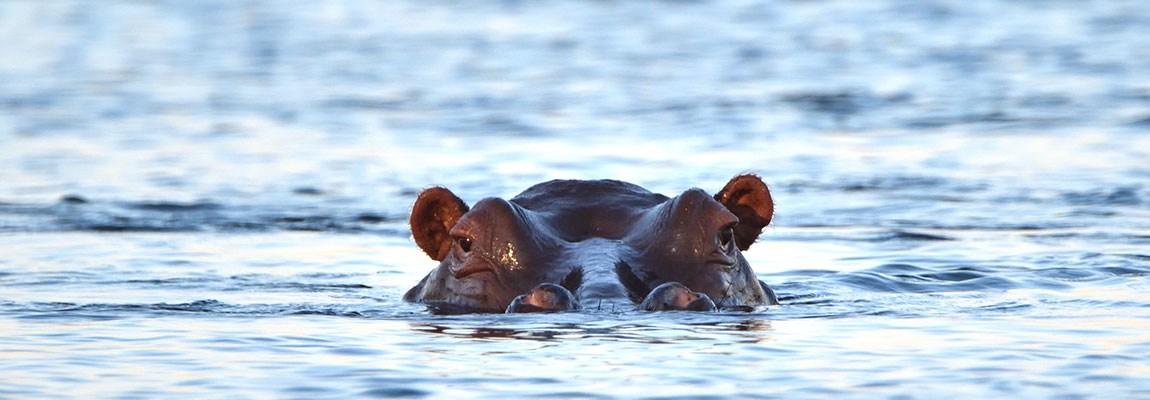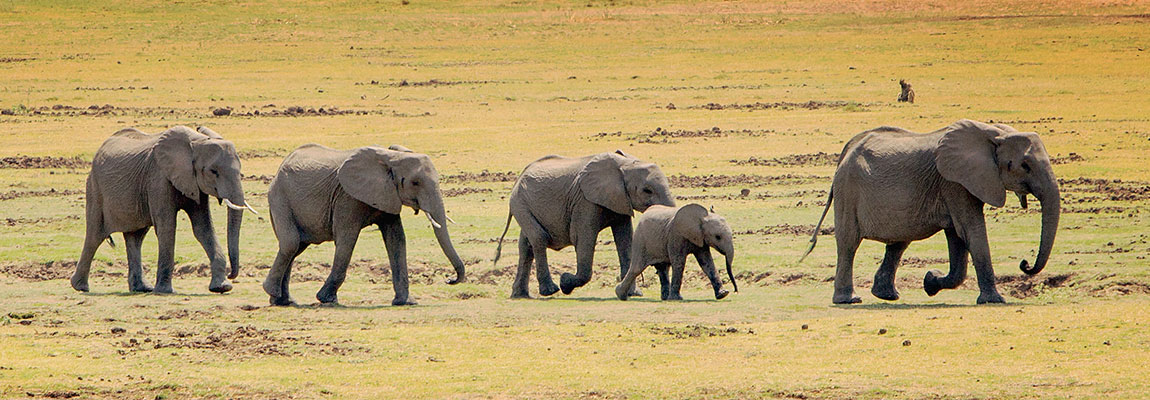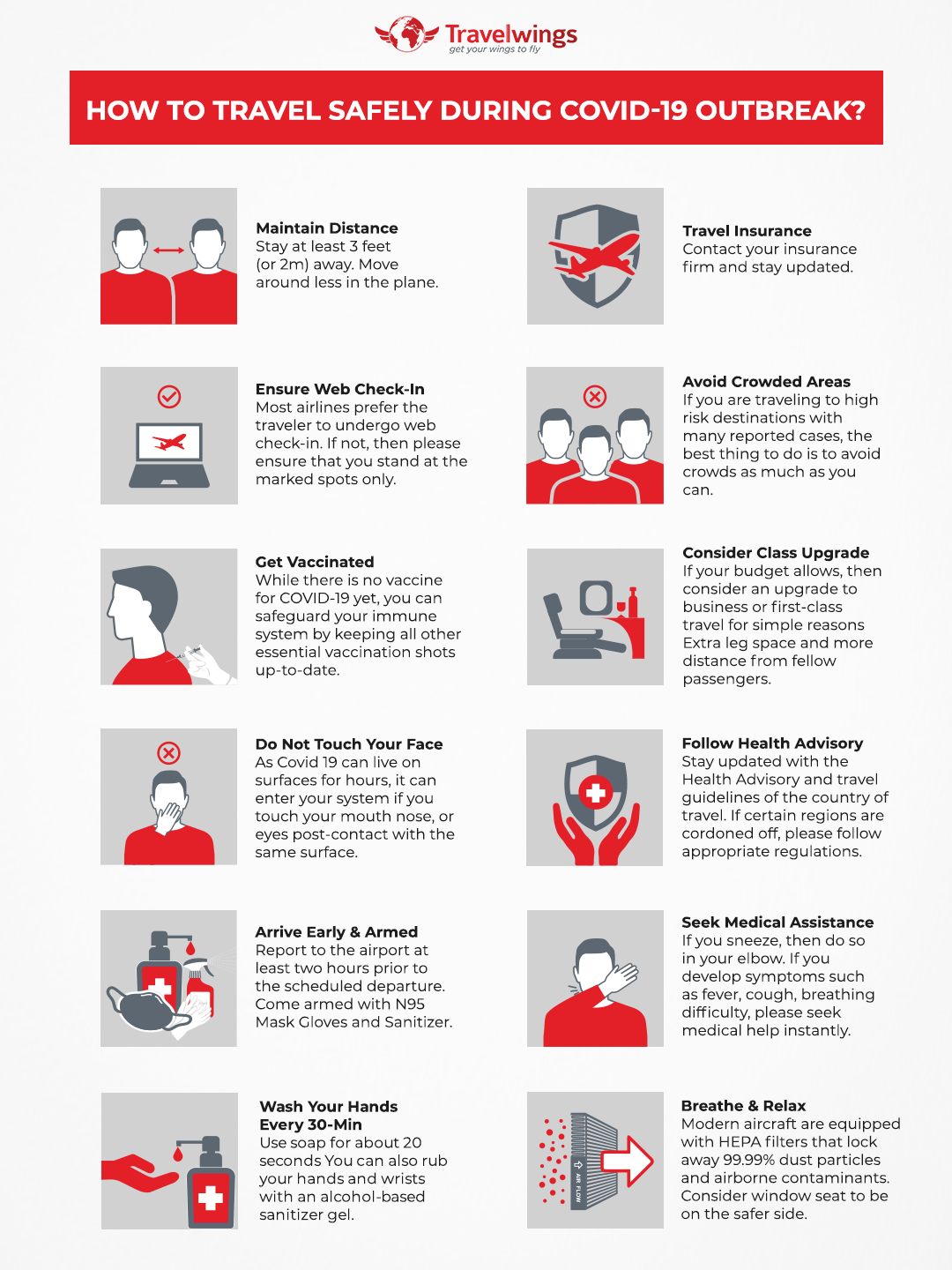Zambia is a landlocked country with rugged terrain beaming with natural wildlife, safari parks
and lush green plains. It is a country with a rich cultural heritage and its capital city,
Lusaka features many buildings from the colonial era. Zambians speak English and several
indigenous languages including Nyanja and Tonga. The country has two provinces; Southern
Province in the southwest of Zambia and Northern Province in the northeast. Zambia is made up of
nine provinces that include: Central, Copperbelt, Eastern, Luapula, Muchinga, North-Western,
Northern, Southern and Western Provinces; but most tourists only visit the capital city Lusaka
(in Central Province) and the western province which borders Angola called Western Province.
USEFUL INFO ABOUT ZAMBIA
- Official Name: Bolivarian Republic of Venezuela
- Form of Government: Federal dominant-party presidential constitutional republic
- Capital & Largest City: Caracas
- Population: 28887118 (2018 government estimate)
- Official Language: Spanish
- Languages Spoken: Spanish, Chinese, Portuguese, Italian, Wayuu
- Ethnicity: Mestizo 51.6%, White 43.6%, Black 3.6%, Indigenous 1.2%
- Currency: Bolivar Soberano
Map Referred: East Africa
- Area: 83,600 square km
- Land: 100 %
- Water: Negligible
- Lowest Point: Persian Gulf (0 m)
- Highest Point: Jebel Jais (1934 m)
- Coastline: 650 km
Neighbouring places
- The Democratic Republic of the Congo 426 km
- Tanzania 174 km
- Malawi 372 km
- Mozambique 704 km
- Zimbabwe 262 Km
- Botswana 324 Km
- Namibia 203 Km
- Angola 234 Km
Famous For: National parks | Wildlife safaris | Victoria Falls | Copper goods |
Termite hills | Adventure activities | Lake Kariba |
Time Zone: UTC+2 (CAT)
Driving Side: Left
Airports in Zambia: Kenneth Kaunda International Airport | Harry Mwanga Nkumbula
International Airport | Simon Mwansa Kapwepwe International Airport
NETWORK / CONNECTIVITY
Zambia is one of the well-connected countries in the sub-Saharan Africa region. The
infrastructure that is in place, supports all of the modern-day requirements for world-class
connectivity. Zambia is also in the process of launching a domestic satellite. That will be
dedicated solely to enhance network connectivity in the rural sector. Internet access is not
restricted in the country of Zambia. And soon will cover the majority of the rural areas as
well.
There are several network providers in the country of Zambia, with some being the key players in
the sector. Companies like Airtel Zambia, MTN Zambia, Zamtel Mobile, Vodafone and UZI Zambia are
the major players in the telecoms sector. With Airtel being the major market holder in this
segment.
The name Zambia was derived from the 4th longest river flowing in Africa, the Zambezi River. However,
the history of Zambia has a lot more of a backstory than just the name of the country. The history
of the country dates back to prehistoric times, proven by archaeological excavations made in the
Zambezi Valley and the Kalambo Falls. Ancient camping tools at the sites have been carbon-dated back
to almost 36,000 years.
The earliest settlers of modern-day Zambia were the tribal people of Khoisan, Batwa and little later
the Bantu. These tribes are believed to have originated from different parts of Africa and made
their way to modern-day Zambia, over 150,000 years ago. The earliest colonial rule came to Zambia in
1851, in the form of David Livingstone. Over the years many kingdoms were formed and conquered
within the borders of modern-day Zambia.
However, the majority of the land was later on taken by the British through means of invasion and
spreading their colonial regime. 1895 was the year copper was discovered by Fredrick Russell
Burnham, which made Zambia a major producer of copper as we know it today. 1964 was the year, Zambia
gained independence from British colonial rule. Kenneth Kaunda became the first president of the
independent nation called Zambia.
Zambia is a landlocked country at the crossroads of central, southern and East Africa, that shares
its borders with several other countries. The Democratic Republic of the Congo borders the country
in the north, whereas Tanzania borders the country to the northeast. The country of Malawi and
Mozambique border the country to the east and southeast respectively. In addition, Zimbabwe and
Botswana border it to the south and Namibia to the southwest. And finally, we have Angola to the
west of the country.
The Capital city of Zambia is Lusaka, which is also the city with the majority of the population. The
major chunk of the population in Zambia is restricted to the economic hubs of the country. The
Copperbelt province in the north of Zambia is another major centre of the population of Zambia after
Lusaka to the south. The country of Zambia shares several lakes on its borders with the surrounding
countries. The country also has a lake lying within the country called Lake Bangweulu.
In addition to lakes, several rivers flow through the country and are responsible for the lush green
flats of Zambia. The flowing rivers are the lifeline to the wide variety of flora and fauna found in
the country and support natural habitat.
Zambia is also home to one of the largest waterfalls in the world, the Victoria Falls. The name given
to the falls by the locals is ‘Mosi-oa-Tunya’ that translates to “The smoke that
thunders”. The country is also home to the infamous termite hills, which are termite colonies
almost as big as a house. The country is also known for the migration of the Fruit bat, which is one
of the largest mammal migrations in the world.
Art and Music
Zambia is home to 73 different African tribes that have their distinct traditions and cultures. The
majority of these ethnic groups originated from an area, most commonly known today as Nigeria. The
majority of the tribal settlers were part of the Bantu migration that took place a few hundred years
ago. Each tribe has its festivals and events that to this day are celebrated by the descendants of
the so-called tribes.
Traditional Zambian art usually consists of woodwork, pottery and basket weaving. These can be found
in local Zambian markets and may be procured on a souvenir basis. In terms of music, drums are the
most popular musical instrument used during Zambian festivals and events. However, there are other
instruments like stringed bows, horns, flutes, bells, xylophones and many more that are used in
tandem with traditional Zambian drums.
During the latter years of colonial rule, different kinds of theatre flourished in the country of
Zambia. The dance drama was developed and used to narrate the story of the formation of a country
called Zambia. Later in 1980, the theatre was promoted with the help of aid agencies to communicate
various national schemes being run by the government in different tribal languages. To ensure
maximum clarity of the vision that the government aims for Zambia.
Food and Drink
Traditional food in Zambia consists of meat, maize and greens. The meal is a perfect balance of all
the nutrients that a body would need to make it to the next meal. The food is more or less based
around the other African nations, with a minor tweak in ingredients here and there. For example, in
Malawi, they make a rice cake but with cassava flour. Whereas, in Zambia they make a similar kind of
cake, but with maize flour. And each region also has a different name for these rice-like cakes.
Must-Try Zambian dishes
Nshima (staple carbohydrate) | Root vegetables | Chikanda (Vegetarian meatloaf) | Ifisashi (pounded
peanut and vegetables) | Kapenta (a small sardine-like fish fried in oil, tomato and onions) |
Masuku (plum-like fruits) | Michopo (barbeque meat served with chillies, onion, tomatoes and
potatoes) | Vitumbuwa (fried sweetened dough balls)
Must-Try Zambian Drinks
Munkoyo (Non-alcoholic drink, made from maize meal and the roots of the Munkoyo tree) | Mosi (Zambian
lager beer) | Homemade Maize beer | Homemade Sorghum beer
Hospitality
Zambian hospitality like other nations of Africa remains unrivalled to this day. The country of
Zambia has been under the influence of several African tribes over the years. And portrays the same
hospitable nature today, as they used to portray all those years when people from outside Africa
landed on the African soil. The tribal virtue of treating guests with honour has been passed down
from generations and is kept alive by the descendants of every tribe.
- Zambia is one of the places to offer guided walking safari tours in the South of Luangwa.
- Cruise through the river highway of the country, while canoeing on the Zambezi River.
- Feel the splash of fresh cool water, whilst experiencing the might of Victoria Falls.
- Take game drives along the Luangwa River.
- Experience the magic of a cruise on the Zambezi River and witness the picturesque landscape in
the dim evening light.
- Try river white water river rafting at the Victoria Falls.
- Get your adrenaline pumping with bungee jumping on the Victoria bridge, overlooking the Victoria
Falls.
- Witness the scale and width of the Victoria Falls, from a microlight or a helicopter
- Take night drives in the national parks.
- Take a dive in the devil’s pool, which is on the edge of the mouth of a waterfall
Zambia Weather | Zambia Climate
Located on the plateau of Central Africa, Zambia lies at an altitude of 1000 meters to 1600 meters
above sea level. The average altitude however is 1200 meters, which promises a moderate climate. The
country lies in the tropical wet and dry region with minor strips of semi-arid conditions. The
seasons are mainly divided into the rainy season, the cool dry and the hot dry season. This ensures
that the average temperature rises slightly above 20â and the altitude offers a pleasant subtropical
climate. This makes the month between June and November the best time to visit the country of
Zambia.
Visit Zambia with Family and friends
- Visit the country’s National Parks and experience the wide variety of wildlife.
- Experience the might and the beauty of Victoria Falls.
- Go for a guided safaris with some of the best safari guides that Africa has to offer
- Enjoy a cruise in the Zambezi River, overlooking the sun setting on the massive Zambian horizon
- Enjoy extreme adventure sports at the victoria falls, like rafting, bungee jumping, microlight
gliding and many more.
- Witness the lip-smacking Zambian cuisine at some popular eateries or your safari resort.
What To Buy?
- Wooden handicrafts
- Hand-carved wooden pieces of art
- Handwoven baskets
- Local fresh produce
Victoria Falls
This is one marvel of nature that one cannot miss if they were to travel to Zambia. Victoria Falls is
one of the most beautiful and impressive feats of nature that is on display for the human eyes. The
falls are at a height of 355 feet, which may not be the highest but it's the sheer length that is
breath taking. Victoria Falls is by far the longest sheet of a waterfall in the world. The fall is
so wide that the mist rising from the falling water creates a mist visible from almost 35 km away
Best Time to Visit: November to April
Entry Price: N/A
Livingstone Museum
The city was named after the missionary and explorer David Livingstone, in the year 1950. It is also
the closest city to Victoria Falls and the Livingstone Museum is a must-visit. The Livingstone
Museum is both the largest and the oldest in the country. With its proximity to Victoria Falls, over
the years the city has emerged as a place of attraction for adventure-seeking tourists and
travellers.
Best Time to Visit: November to April
Entry Price: $ 5
South Luangwa National Park
The home to some of the highest concentration of wildlife in all of Africa. The park descends from
mountainous slopes down into the Luangwa river valley. The river is home to crocodiles and hippos.
In addition, the park is also home to herds of wildebeest's, giraffes and elephants. The dry season
is the best time to visit the park as the chances of spotting lions and leopards in their natural
habitat increases many folds.
Best Time to Visit: November to April
Entry Price: $ 20
More places to visit in Zambia
- Lower Zambezi National Park
- Shiwa Ngandu Manor House
- Kafue National Park
- Lake Kashiba
- Lake Kariba
- Blue Lagoon National Park
- Lusaka
Most Popular Regions and Cities to Visit in Zambia
Lusaka
The capital city of Zambia is popular in East Africa. Because the location is a plateau the climate
in Lusaka is pleasant all year round, which also enhances the beauty of the city. The city may not
seem like much at first, but is a perfect destination for tourist looking to explore traditional
African culture. The city offers an array of activities for travellers from visiting markets and
historical sites to visiting incredible places of worship.
Visit For: Lake Kariba, Lusaka National Museum, Kalimba reptile park, Lusaka
National Park, Chaminuka Game Reserve, The Lilayi Elephant Nursery, Cathedral of The Holy Cross of
Lusaka
Livingstone
Named in the loving memory of David Livingstone, the city came into existence after constant efforts
by the Scottish missionary. David Livingstone focussed on things like commerce, civilization and
Christianity. Mr Livingstone aimed to restructure the city's structure to enhance and encourage
trade and traffic to the region. He also given the credit for the discovery of Victoria Falls.
Visit For: Victoria falls, Livingstone Museum, Kayaking, canoeing, The explorer
club, markets, boat tours and water sports, Railway Museum
Other Popular Cities to Visit in Zambia
- Ndola
- Kitwe
- Chingola
- Kabwe
- Solwezi
- Chipata
- Kasama
- Kafue
Shimunenga
The ceremony of Shimunenga is a traditional celebration of the Ba-lla people of Maala in the Namwala
district. The celebration takes places over 2 days. On the first day, people gather at the shrine of
Shimunenega and chant traditional songs and prayers. This is followed by a cultural march past from
ladies and girls, adorning the traditional attire. On the following day, the tribe's cattle are
taken to the river for a traditional display, followed by the crossing of the river by the custodian
cattle of the shrine first. This followed by praises for the ancestral spirits and a celebration
march to the village with occasional stops for consumption of traditional beer.
Location : Namwala, Zambia
Date : weekend of the full moon in September or October
Zambian Harvest Festival
The festival is held on the 4th of February every year to mark the incursion of the Ngoni tribe in
Zambia in 1835. The celebration witnesses dance, music and feasts on a grand scale. The festival
marks the arrival, by offering the Head Chief of the entire Ngoni tribe a tribute of the first
produce from the harvest. A total of 12 chiefs of the Ngoni tribe from different parts of Africa
travel to Mutenglueni, with their best dancers and musicians to take part in the festivities.
Location : Mutenglueni, Zambia
Date : 24th February
Lwiindi
The festival of Lwiindi is an annual celebration for the people of the Tonga tribe in Southern
Zambia. The celebration takes place in Gonde, which lies in the vicinity of the place of the chief
of Monze. The dates for the festival usually are aligned with the country's heroes and unity
holidays in July. The celebration is all about asking for blessings from the ancestral chiefs of the
tonga tribe, namely Mayaba and Nchete Ilya Mabwe. Celebrations generally include the sacrifice of
cattle or poultry and the brewing of beer by the elders of tonga.
Location : Monze, Zambia
Date : First weekend of July
Other festivals/events celebrated in Zambia
- Kufukwila ceremony
- Kuomboka festival
- Livingstone festival
- Music Colour festival
- Road to AMCW festival
Air
Zambia is well connected across its 4 major airports and several of its domestic ones. Several
flights services operate within the country. Some of them are:
- Mahogany Air
- Proflight Zambia
- Royal Zambian Airlines
Road
The road network in Zambia is not at the same level as the other developing countries of the
continent. But, it is not that bad either. The government has been in constant contact with private
investors to help them invest in rehabilitating and reviving the road infrastructure across the
country. A new project known as âLink Zambia 8000' will be the break that Zambia needs towards a
better road network. For the tourist, the cities have several reputable taxi services to offer.
Rail
Zambia as a country is well connected with its neighbours through an extensive railway network.
Zambia in many areas shares the railway network with its neighbours for the safe and proper transit
of passengers and goods. However, the network is still in need of major modifications to be able to
live up to its complete potential. If in Zambia, reconfirm the schedule of your train before
reaching the station.
Via Air Route
Several flights operate between UAE and Lusaka, Zambia. A few honorary mentions are Emirates &
Ethiopian airlines.
Via Sea
Zambia is a landlocked country, but may still be accessed through its neighbouring countries. Several
cruise options operate between UAE and Africa. And one could always plan out a custom-made
travelling itinerary with the help of an online travel agency.
Via Road
The distance from Dubai to Zambia is approximately 9800 Km and a road trip would require a lot of
patience and perseverance. As once you touch Egypt and subsequently Africa, many stretches may prove
to be very challenging. So, a flight to Zambia would be a safer bet any day.
Travel Tips
- Be careful when paying via credit cards at lodges, for they might charge a high commission rate.
- Tipping in Zambia is about $5 - $10 per head if travelling in a group.
- Pack light and lose clothing.
- Travel with an ample supply of medications if you are on any.
Safety Tips
- Be aware of travel advisory before travelling.
- Drunken driving is strictly prohibited.
- Follow precautions if you are travelling during the Covid pandemic. Be aware of UAE travel
health advisory.
- Avoid travelling after dark, as the road conditions are not that great.
- Avoid walking alone at night.
Health Tips
- Be prepared with the CDC-recommended packing health kit to prevent illness and injuries.
- Eat and drink safely and follow hygiene protocols.
- Stay safe outdoors and be on alert for changing weather conditions.
- Carry along with a bug spray, sunscreen, and a basic first aid kit.
- Carry medical and health evacuation insurance.
- CDC and WHO recommend the following vaccinations before travelling to Zambia - MMR, Chickenpox,
Diphtheria, Flu, Polio, Hepatitis A, Typhoid, Yellow Fever, Rabies, Hepatitis B.
What to Pack?
- Sunglasses
- Sunscreen
- Toiletries
- Medications
- Travel Documents
- Light Clothing
- Electronics
- Hats
- Poncho
- Rain Jacket
- Stationery
- Footwear
- Swimsuit
- Dressy Outfit
- Sanitiser, Medical Kit
- Reusable Water Bottle
Dress Code & Etiquette
There are no particular dress codes for Zambia, but women need to be dress appropriately at all
times. Women wearing revealing clothes implies that the woman is of an ill repute.
Democratic Republic of Congo (371 km)
The country is popular for its wildlife, indigenous cultures and geological phenomena not found
easily in Africa. However, the tourism sector is quite limited to only certain parts of the country.
Due to internal instability between the government and rebels.
Malawi (355 km)
Malawi is one of the best laid back vacation destinations that one can book for themselves. The
country is known for its beaches and the warm and smiling hospitality of the Malawi people. Malawi
is also home to 11 national parks and wildlife reserves which are perfect for activities like
hiking, bird watching and mountain biking.
Zimbabwe (458 km)
There are several reasons to have Zimbabwe on your bucket list, but one of the most important reasons
is the Mana pools. Which also a UNESCO approved heritage site. Zimbabwe is a pocket-friendly country
with many niches and activities to choose from. The country is known for its diverse wildlife and
equally diverse and skilled guides.
Angola (567 km)
Another country ravaged by civil war with petty crimes still at large. Angola's tourist destinations
are much safer than the rest of the country. The country greets its visitors with a myriad of
diverse landscapes ranging from white sandy beaches to green hills, from sandy deserts to beautiful
waterfalls. The country of Angola has it all and is also popular for its unique cuisine that offers
mouth-watering delicacies.
- Zambia Home to some of the biggest termite hills in the world.
- Zambia is a completely landlocked country.
- Zambia has a different name for Victoria Falls, Mosi-oa-Tunya.
- Victoria Falls is at a height double that of Niagara Falls.
- Zambia is the main exporter of Copper in Africa.
- It is home to the big five (lions, rhinoceros, leopard, elephant and African buffalo).
- There are massive man-made lakes that help sustain life in the country.
- Zambia was named after the Zambezi River.
CALLING CODE: +260
Emergency hotline: 999
Police & Ambulance: 991
Fire Brigade: 993
National Operator: 100
Zambian currency is the Zambian kwacha and the currency code is ZMW. The Zambian currency symbol is K
/ ZK. Zambian kwacha is broken up into 100 ngwees.
Symbol: K / ZK
Code: ZMW
1 UAE Dirham = 6.15 ZMW (UAE Dirham to Zambian kwacha)
1 INR = 0.30 ZMW (Indian rupee to Zambian kwacha)
1 PHP = 0.46 ZMW (Phillipino Peso to Zambian kwacha)
Zambian kwacha banknote denominations: 2, 5, 10, 20, 50, 100 kwacha
Zambian kwacha coin denominations: 1, 5, 10, 50 ngwee
- Customized and Safe Holidays: Just tell us all about your dream holiday and we
would turn it into a reality. Your safety and comfort are our priority. Reserve the best of both
worlds with us.
- Global Presence: We are Global. Travel anywhere and everywhere. Book flight
tickets and hotels instantly. There are no boundaries and no limitations with us.
- Special Packages: Select from a range of budget-friendly to luxury vacation
packages of your choice. We have specialized travel and tour packages for couples, families, and
solo travellers.
- 24X7 Customer Support: Need Help? Talk to our agent on the go. We are at your
service 24X7.

